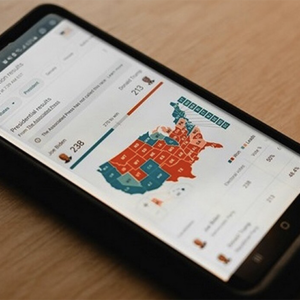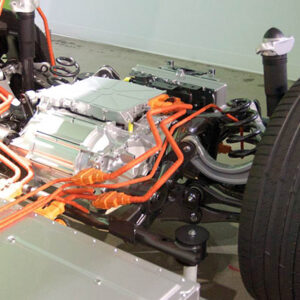
In yet another bid to help make the world greener, researchers have found that they can use a widespread species of blue-green algae to power a microprocessor continuously for an entire year, and still counting. And incredibly, all they’re using is ambient light and water. Moreover, their system has potential to be an incredibly renewable and reliable way to power small devices.
About the size of an AA battery, the system has a type of non-toxic algae named Synechocystis that can naturally harvest energy from the sun through the natural process of photosynthesis. This generates a tiny electrical current that interacts with an aluminum electrode, which is what powers the microprocessor.
The system uses inexpensive, common, and mostly recyclable materials overall. What this means is that it can be replicated easily hundreds of thousands of times in order to power big numbers of small devices, such as those that can be categorized under the Internet of Things.
The researchers share that it is more likely to be useful in off-grid situations or in otherwise remote areas – like when camping or hiking – where small amounts of power are beneficial to the user.
Professor Christopher Howe, from the University of Cambridge’s Department of Biochemistry, who was also co-senior author of the paper, said, “The growing Internet of Things needs an increasing amount of power, and we think this will have to come from systems that can generate energy, rather than simply store it like batteries.”
“Our photosynthetic device doesn’t run down the way a battery does because it’s continually using light as the energy source,” he added.
During experimentation, the device was used to power a microprocessor that’s widely used in Internet of Things devices called Arm Cortex M0+. During operation, it was in a domestic environment with semi-outdoor conditions beneath natural light and associated temperature fluctuations. After six months of continuous power production, the results were presented for publication.
First author of the paper, Dr. Paolo Bombelli of the University of Cambridge’s Department of Biochemistry, shared, “We were impressed by how consistently the system worked over a long period of time—we thought it might stop after a few weeks but it just kept going.”
Notably, the algae doesn’t need feeding either since it creates its own food as it photosynthesizes. And even though photosynthesis requires light, the device can still produce power during any periods of darkness. The scientists believe that it’s because the algae has the ability to process some of its own food despite the lack of light, which continues to generate an electrical current.
The Internet of Things is a huge and growing network of electronic devices, with each one using just a small amount of power, which collects and shares real-time data through the internet. By using low-cost computer chips and wireless networks, hundreds of thousands, if not billions of devices are part of this network, such as smartwatches to temperature sensors in power stations. This figure is even expected to grow to one trillion devices by the year 2035, which means they’ll require an even bigger number of portable energy sources.
The researchers also claim that powering trillions of Internet of Things devices using lithium-ion batteries is entirely impractical since it requires three times more lithium than what’s already produced annually throughout the world. Moreover, common photovoltaic devices are made using hazardous materials which have negative environmental effects.
You can see the study published in the Energy & Environmental Science journal.
What are your thoughts? Please comment below and share this news!
True Activist / Report a typo


